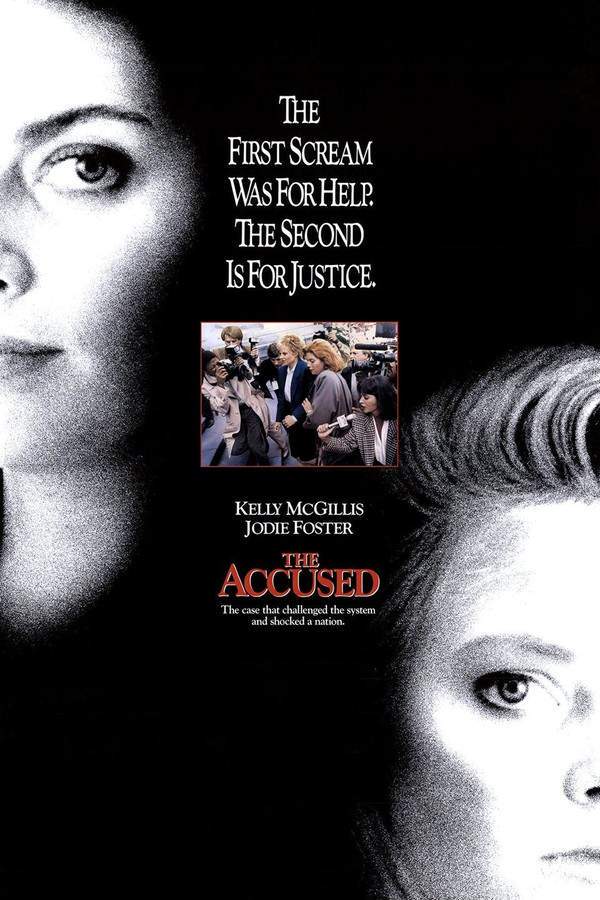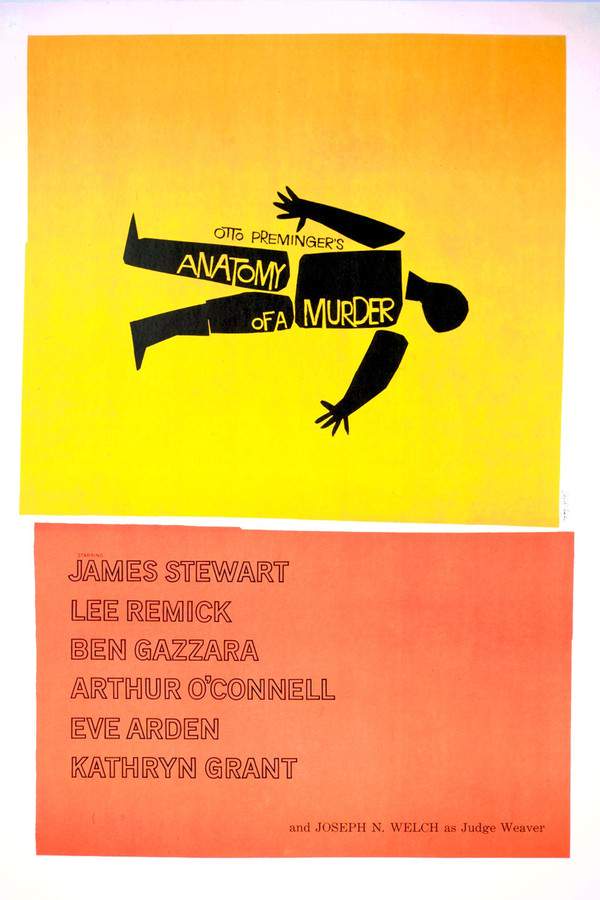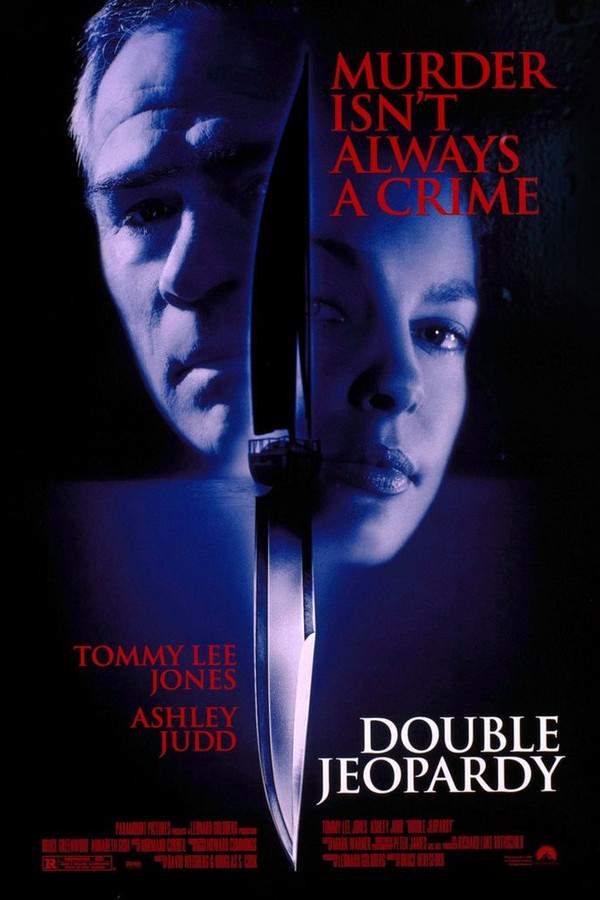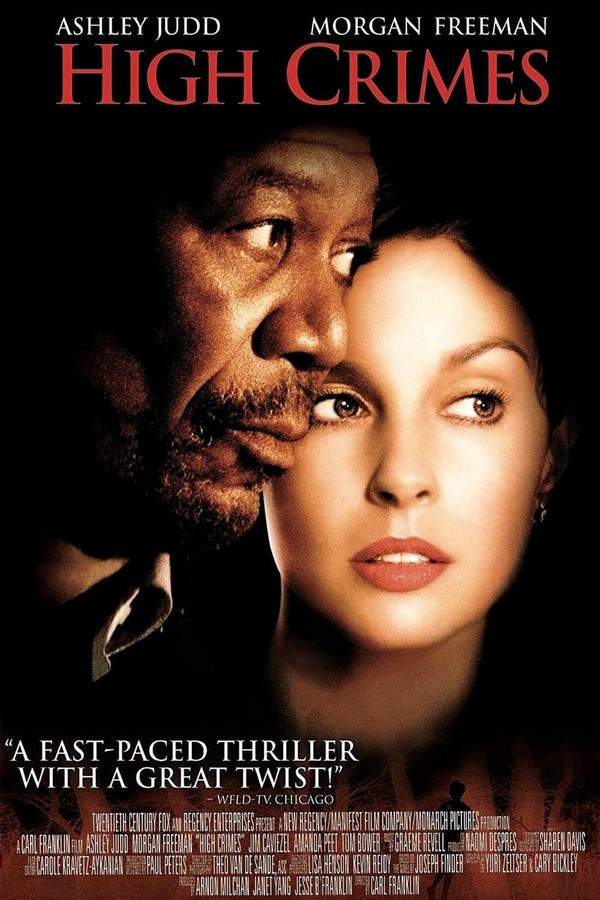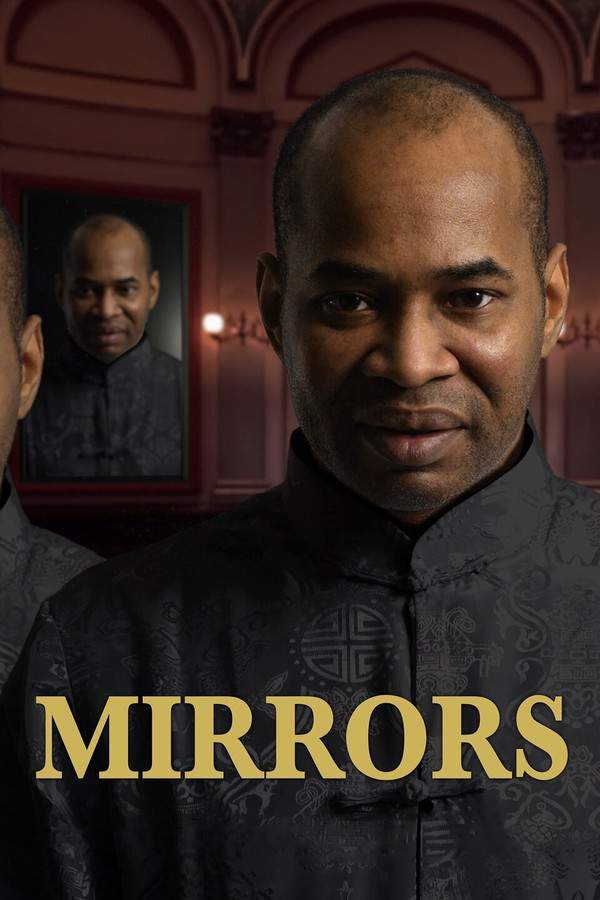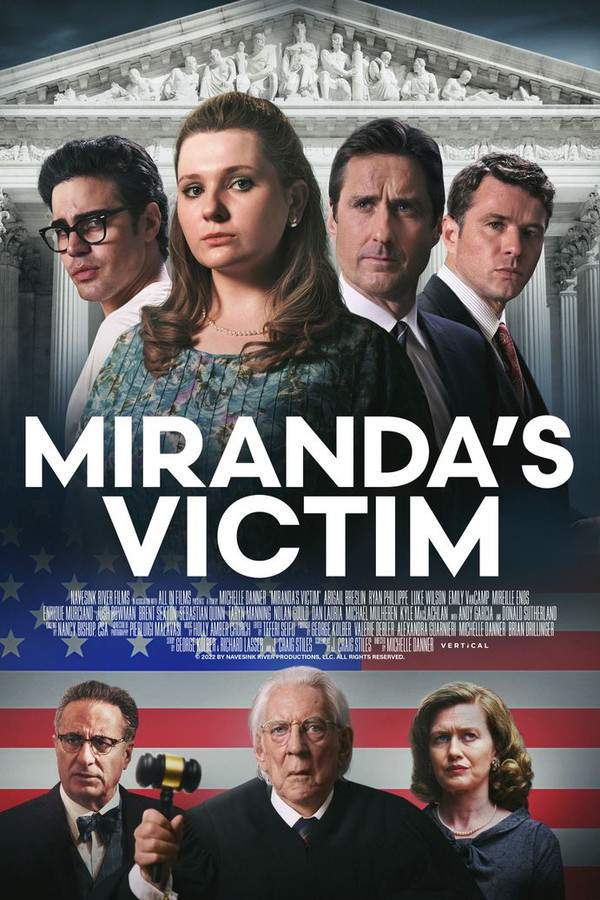
Miranda's Victim 2023
Directed by

Michelle Danner
Made by

Navesink River Productions
Miranda's Victim Plot Summary
Read the complete plot summary and ending explained for Miranda's Victim (2023). From turning points to emotional moments, uncover what really happened and why it matters.
In June 1966, new mother and wife Trish Weir is taken aback by the Supreme Court’s decision to enact the Miranda Ruling. This ruling states that any evidence obtained from a criminal suspect without first delivering what is known as the “Miranda warning” is to be considered inadmissible in court, a situation that poses a significant threat to her quest for justice.
Flashing back three years prior, we meet a young and shy Trish, who at the time is an 18-year-old with dreams of her future, riding in the car with her mother, Zeola. On their way to work at a cinema, the projectionist, Jimmy, suggests they catch the late bus home together, and they make plans to meet before her shift on Saturday.
However, tragedy strikes later that night when a shaken and distraught Trish returns home after a horrific incident. Ann, her initially stern older sister, senses something is amiss and rushes her to the doctor at 4 a.m. to seek evidence of rape. When they return, Trish goes to bed while Ann breaks the news to their parents, Zeola and Paul. Instead of showing understanding, Zeola expresses sorrow over losing Trish’s innocence, fearing it might hinder her daughter’s opportunities for a future career in secretarial school. She expresses doubts that the police will take her seriously.
The following morning, instead of offering genuine support, Zeola suggests that Trish consider “solutions” to the incident, including coercing the perpetrator into marriage or avoiding police involvement altogether. Disturbed by her mother’s callous attitude, Trish insists she must act to prevent this man from hurting others, but Zeola continues to express her belief that justice will not be served and that Trish will be labeled as “damaged goods.”
The day after the incident, tensions rise at the police station. Trish is determined to file charges, while Zeola tries to persuade her otherwise, creating a split in family loyalties. Despite her mother’s interjections, Trish recounts the harrowing details of what happened: after boarding the bus at midnight, she was forcibly taken by her assailant, who bound her hands and drove her into the desert, where he raped her at knifepoint.
After a week, Trish returns to her job, only to find Jimmy avoiding her, likely due to the ongoing police investigation. Meanwhile, Paul notes a suspicious sedan near the bus stop and manages to write down the license plate number. This leads detectives to Twila Hoffman, who has connections to the suspect, Ernesto Miranda. Upon investigating Twila’s home, they find evidence that ties Ernesto to the crime, after which he agrees to cooperate with the police.
At a lineup, both Trish and another victim, Barbara, identify Ernesto as their attacker, confirming his involvement in the assault. Trish specifically requests he wear glasses and speaks, which aids her identification and helps the police secure a confession.
During the 1963 trial, Trish stands firm and identifies Ernesto as the man who raped her. The defense attempts to create doubt about her testimony, but the jury ultimately finds him guilty. Amid these developments, Trish marries Charles and welcomes a new baby, while Ernesto’s conviction faces scrutiny that prompts an appeal to the Arizona Supreme Court. A lawyer from the ACLU, John Flynn, champions the retrial that is granted in 1967.
As the retrial approaches, Twila, who has distanced herself from Ernesto, steps forward to testify against him. However, Trish is hesitant to take the stand again, caught in a controlling marriage with Charles, who becomes aggressive when he learns about the prosecutor’s visit concerning the case.
Charles ultimately faces the consequences of his reckless behavior and is pulled over for driving while intoxicated. Here, the prosecutor, Lawrence Turoff, emphasizes to him that Trish is one of the few courageous victims willing to press charges, further complicating their already tumultuous relationship. At the trial, Judge Wren stresses the importance of confidentiality regarding Trish’s identity.
Twila’s testimony becomes pivotal for the prosecution as it is deemed admissible. During her time on the stand, she reveals that Ernesto confessed to her while they were together in jail. When Trish returns to testify, she openly shares her traumatic experience, confirming the act of rape while stating she had feared for her life.
In the end, Judge Wren and the jury unanimously find Ernesto guilty. After serving eight years in prison, he attempts to profit from his notoriety by selling autographed copies of the Miranda Warning. His story takes a fatal turn after a night of poker, where he meets his demise.
Miranda's Victim Timeline
Follow the complete movie timeline of Miranda's Victim (2023) with every major event in chronological order. Great for understanding complex plots and story progression.
Supreme Court Passes Miranda Ruling
In June 1966, the Supreme Court announces the Miranda Ruling, declaring that evidence obtained from a criminal suspect without notifying them of their rights, known as the 'Miranda warning', is not admissible in court. This ruling shocks new mother and wife Trish Weir, highlighting the significant implications on victims seeking justice.
Trish's Work at the Cinema
Three years earlier, 18-year-old Trish is seen planning her future while working at a cinema with her mother, Zeola. They develop a rapport with the projectionist, Jimmy, who suggests they return home together on the late bus, signaling Trish's hopes for a normal life ahead.
Trish's Assault
Later that same night, Trish is violently assaulted when she gets off the bus. The perpetrator forces her into his car at knifepoint, driving her deep into the desert where the attack occurs, marking a traumatic turning point in her life.
Trish's Return Home
Following the attack, a distraught Trish arrives home in a state of shock. Her sister Ann, realizing the gravity of the situation, drives her to seek medical help at 4 a.m., revealing the harsh reality of the trauma Trish has endured.
Family's Reaction
As the family absorbs the news, Zeola, Trish's mother, reacts with a lack of empathy, lamenting the loss of Trish's innocence and fearfully worrying about her future. Ann, however, understands the need for Trish to seek justice, creating a rift in the family dynamic.
Struggle for Justice
The following day, at the police station, a stark difference in family support emerges. While Zeola urges Trish not to press charges, Ann stands firmly by her sister's side, emphasizing the importance of holding the perpetrator accountable to prevent further assaults on other victims.
Identification of the Perpetrator
Detectives trace the sedan associated with Trish's assault to Ernesto Miranda, who is apprehended for a lineup identification. Both Trish and Barbara, another victim, confirm Ernesto as their attacker, marking a critical moment in the pursuit of justice.
Trial and Conviction
During the trial in 1963, Trish testifies against Ernesto, affirming his guilt despite the defense's attempts to undermine her credibility. The jury ultimately finds him guilty, marking a moment of triumph for Trish amid her difficult path.
Married Life and Motherhood
After the trial, Trish marries Charles and becomes a mother, highlighting the personal struggle and growth she experiences following her trauma. This newfound life is complicated as her marriage begins to show signs of control and emotional strain.
ACLU's Involvement
Following an appeal by Ernesto, ACLU lawyer John Flynn takes on the case, leading to a retrial that is granted by the Supreme Court of the United States in 1967. This development rekindles the pain of Trish's experience, forcing her to confront her past once more.
Twila's Testimony
As the retrial approaches, Twila, Ernesto’s former partner, offers to testify, providing crucial evidence to the prosecution. Her willingness to come forward greatly aids the case against Ernesto, who faces renewed scrutiny and the possibility of justice being served.
Trial Resumes
During the retrial, the judge emphasizes confidentiality regarding the complainant’s identity. Twila's testimony about Ernesto's confession becomes pivotal in the prosecution's efforts to solidify a case that has had its legitimacy questioned.
Final Verdict
In a decisive moment, Judge Wren and the jury find Ernesto Miranda guilty once again, restoring some sense of justice for Trish. This verdict sends shockwaves through the legal system and vindicates Trish's brave decision to pursue the truth.
Ernesto's Aftermath
After serving time for his crime, Ernesto is paroled after eight years and begins capitalizing on his notoriety by selling his signature. His life takes a tragic turn during a poker game, marking a dramatic end to a notorious criminal’s arc.
Miranda's Victim Characters
Explore all characters from Miranda's Victim (2023). Get detailed profiles with their roles, arcs, and key relationships explained.
Trish Weir (Abigail Breslin)
Trish Weir is a young woman whose life is drastically altered by a brutal assault. Initially depicted as introverted and vulnerable, she evolves into a determined figure seeking justice for herself and other victims. Her journey reflects the complexities of trauma and the fight for empowerment amidst adversity.
Zeola Weir (Mireille Enos)
Zeola Weir is Trish's mother, whose actions and attitudes reveal the challenges victims face from those closest to them. Her focus on societal perceptions rather than empathy reflects prevalent cultural stigmas. Zeola's character illustrates the struggles between familial loyalty and the need to support loved ones in times of crisis.
Lawrence Turoff (Luke Wilson)
Lawrence Turoff is the prosecutor committed to seeking justice for Trish. He embodies the challenge of navigating a system that often undermines victims' voices. His determination to present the case against the accused portrays the professional struggles within the legal field during this tumultuous time.
Miranda's Victim Settings
Learn where and when Miranda's Victim (2023) takes place. Explore the film’s settings, era, and how they shape the narrative.
Time period
1960s
The movie is set in the 1960s, a time of significant social change and legal reform in the United States. This era witnessed the rise of feminist movements advocating for women's rights and justice, notably impacting the legal landscape such as the Miranda Ruling. The events in this time frame highlight the struggles against legal injustices and societal attitudes toward victims.
Location
Arizona, Desert, Cinema
The story unfolds primarily in Arizona, which features a stark desert landscape. The cinema serves as a central location in Trish's life, a place of both joy and trauma. The contrasting environments symbolize innocence lost and the harsh realities of the world.
Miranda's Victim Themes
Discover the main themes in Miranda's Victim (2023). Analyze the deeper meanings, emotional layers, and social commentary behind the film.
⚖️
Justice
Justice is a central theme in the film, as Trish navigates the complexities of holding her assailant accountable. The film explores the obstacles faced by victims in a judicial system that often prioritizes the accused's rights over those of the survivors. Ultimately, Trish's quest for justice highlights the systemic issues in legal processes.
💔
Trauma
The theme of trauma is vividly portrayed through Trish's life post-assault. The film encapsulates her struggle to reclaim her identity and the significant emotional scars left by her experiences. It sheds light on the broader impact of violence on individuals and families, emphasizing the importance of support and empathy.
🚷
Empowerment
Empowerment is a theme that resonates strongly as Trish initially hesitates but ultimately decides to confront her trauma and seek justice. The film captures her evolution from a victim to a courageous advocate for herself and other survivors. This journey emphasizes the importance of finding one's voice and the strength that can emerge from vulnerability.
Miranda's Victim Ending Explained
Unravel the ending of Miranda's Victim (2023) with our detailed explanation. Understand the final scenes, character fates, and unresolved questions.
Once Trish finally gathers the courage to speak out and report her assault, she begins a long journey of justice that is marked by tremendous emotional strength. Despite the societal pressures of the 1960s that prioritized a woman’s virtue above all, her determination to see her attacker brought to justice pushes her through her trauma. The case against Ernesto Miranda hinges on her bravery, as her testimony and the subsequent confession—obtained through police pressure—become the key elements in the conviction. However, the trial takes a significant turn when the defense challenges the legality of Miranda’s confession, arguing that it was coerced without proper legal safeguards, like informing Miranda of his right to an attorney. This challenge reaches the Supreme Court, leading to the landmark creation of the Miranda Rights, which now require police to inform suspects of their rights before questioning.
Miranda’s legal fate becomes complicated when the court rules that the confession was indeed improperly obtained, and the case is retried. By then, Miranda’s defense attorneys skillfully exploit this technicality, and the case is more about the procedure than Miranda’s guilt. Despite their efforts, Miranda is ultimately convicted again, but the process echoes the broader fight for civil rights and fair treatment under the law. The emotional core remains Trish’s resilience and her unwavering pursuit of justice, knowing that her suffering has contributed to a significant change in law enforcement practices. In the final scenes, although Miranda is convicted, the film emphasizes that the true victory lies in raising awareness about the rights of suspects and protecting individuals from potential police misconduct. The story closes on a somber but empowering note — Trish’s courage helped shape a legal safeguard that ensures justice is served with dignity and respect, a tribute to her resilience and the enduring impact of her truth.
Movies with Similar Twists and Themes
Uncover films that echo the narrative beats, emotional arcs, or dramatic twists of the one you're exploring. These recommendations are handpicked based on story depth, thematic resonance, and spoiler-worthy moments — perfect for fans who crave more of the same intrigue.
Featured on this page

What's After the Movie?
Not sure whether to stay after the credits? Find out!
Explore Our Movie Platform
New Movie Releases (2025)
Famous Movie Actors
Top Film Production Studios
Movie Plot Summaries & Endings
Major Movie Awards & Winners
Best Concert Films & Music Documentaries
© 2025 What's After the Movie. All rights reserved.



